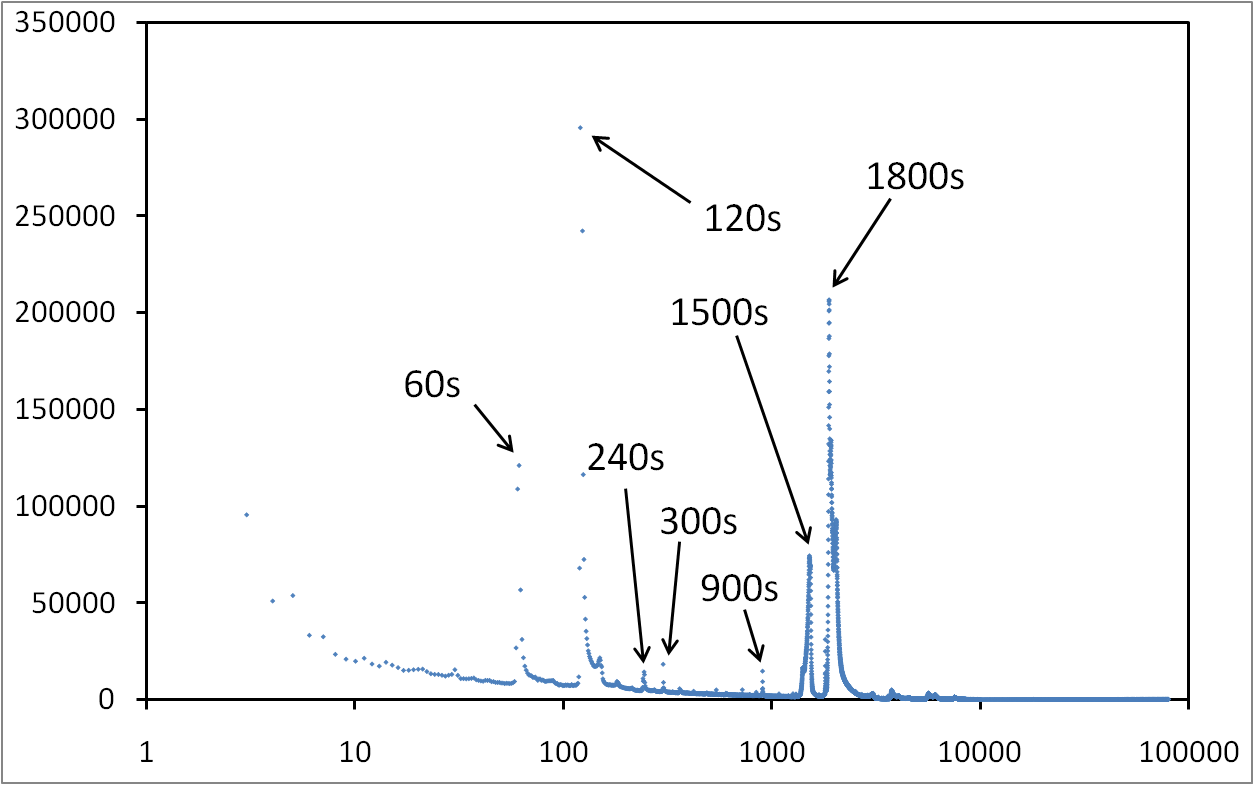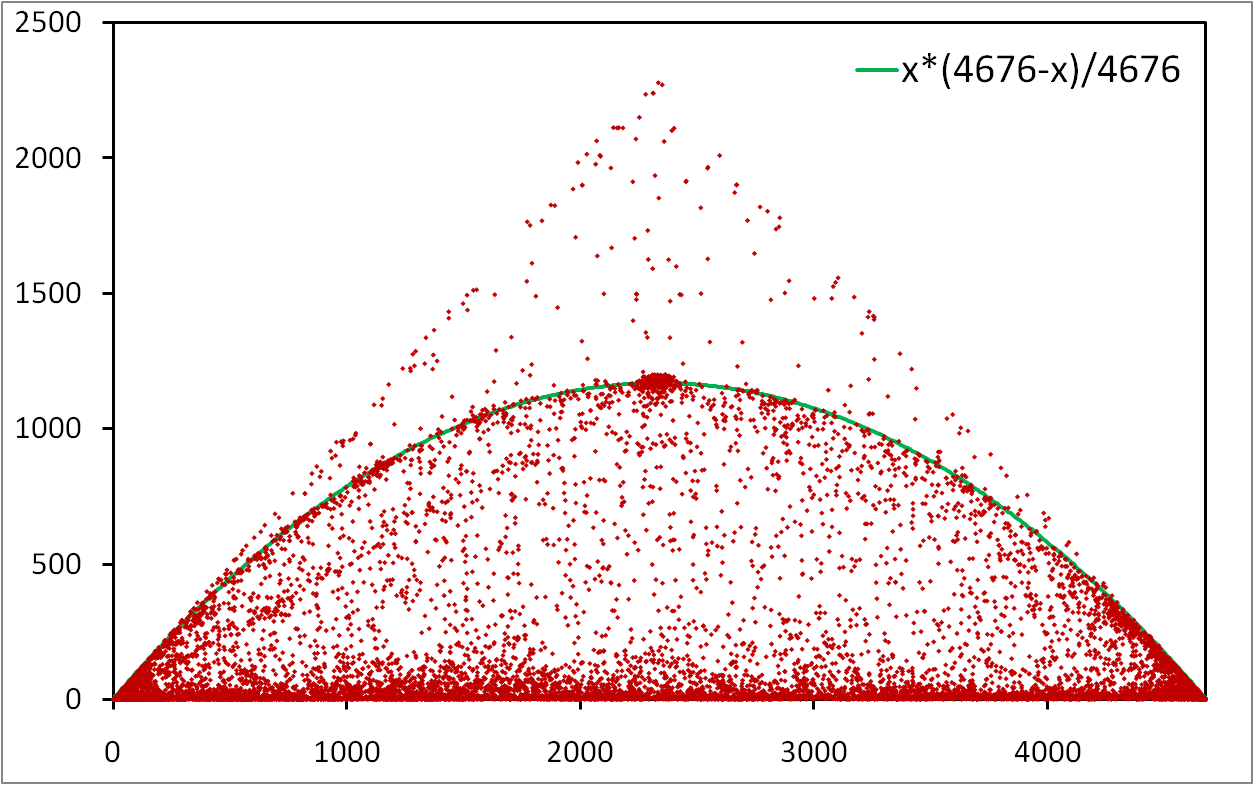Dynamics of routes using traceroute
Dynamics of IP addresses around me
A Radar for the Internet
Matthieu Latapy, Clémence Magnien and Frédéric Ouédraogo
Proceedings of ADN’08: 1st International Workshop on Analysis of Dynamic Networks, in conjunction with IEEE ICDM 2008
In contrast with most internet topology measurement research, our concern here is not to obtain a map as complete and precise as possible of the whole internet. Instead, we claim that each machine’s view of this topology, which we call ego-centered view, is an object worth of study in itself. We design and implement an ego-centered measurement tool, and perform radar-like measurements consisting of repeated measurements of such views of the internet topology. We conduct long-term (several weeks) and high-speed (one round every few minutes) measurements of this kind from more than one hundred monitors, and we provide the obtained data. We also show that these data may be used to detect events in the dynamics of internet topology.
Description and simulation of dynamic mobility networks
Pierre Borgnat, Eric Fleury, Jean-Loup Guillaume, Céline Robardet and Antoine Scherrer
Computer Networks 52 (2008), pp. 2842-2858
During the last decade, the study of large scale complex networks has attracted a substantial amount of attention and works from several domains: sociology, biology, computer science, epidemiology. Most of such complex networks are inherently dynamic, with new vertices and links appearing while some old ones disappear. Until recently, the dynamic of these networks was less studied and there is a strong need for dynamic network models in order to sustain protocol performance evaluations and fundamental analyzes in all the research domains listed above. We propose in this paper a novel framework for the study of dynamic mobility networks. We address the characterization of dynamics by proposing an in-depth description and analysis of two real-world data sets. We show in particular that links creation and deletion processes are independent of other graph properties and that such networks exhibit a large number of possible configurations, from sparse to dense. From those observations, we propose simple yet very accurate models that allow to generate random mobility graphs with similar temporal behavior as the one observed in experimental data.
Evolving networks
Pierre Borgnat, Eric Fleury, Jean-Loup Guillaume, Clémence Magnien, Céline Robardet et Antoine Scherrer
Proceedings of NATO Advanced Study Institute on Mining Massive Data Sets for Security, IOS Press, 2008
Most real networks often evolve through time: changes of topology can occur if some nodes and/or edges appear and/or disappear, and the types or weights of nodes and edges can also change even if the topology stays static. Mobile devices with wireless capabilities (mobile phones, laptops, etc.) are a typical example of evolving networks where nodes or users are spread in the environment and connections between users can only occur if they are near each other. This whois- near-whom network evolves every time users move and communication services (such as the spread of any information) will deeply rely on the mobility and on the characteristics of the underlying network. This paper presents some recent results concerning the characterization of the dynamics of complex networks through three different angles: evolution of some parameters on snapshots of the network, parameters describing the evolution itself, and intermediate approaches consisting in the study of specific phenomena or users of interest through time.
Growth of the number of IP around me
Statistical analysis of a P2P query graph based on degrees and their time-evolution
Jean-Loup Guillaume, Matthieu Latapy and Stevens Le-Blond
LNCS, proceedings of the 6-th International Workshop on Distributed Computing IWDC’04, 2004, Kolkata, India
Despite their crucial impact on the performances of P2P systems, very few is known on peers behaviors in such networks. We propose here a study of these behaviors in a running environment using a semicentralised P2P system (eDonkey). To achieve this, we use a trace of the queries made to a large server managing up to fifty thousands peers simultaneously, and a few thousands queries per second. We analyse these data using complex network methods, and focus in particular on the degrees, their correlations, and their time-evolution. Results show a large variety of observed phenomena, including the variety of peers behaviors and heterogeneity of data queries, which should be taken into account when designing P2P systems.




